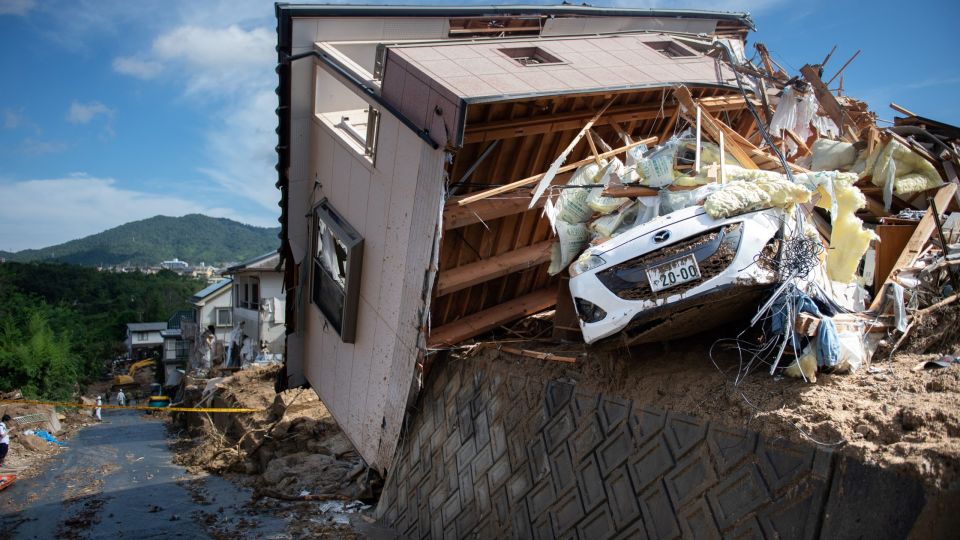December 6, 2018
A new study says the South Asian country faces massive challenges due to climate change and global warming.
In a new global index, Bangladesh has been ranked seventh among the countries most affected by extreme weather events in 20 years since 1998.
The Long-Term Climate Risk Index listed Puerto Rico and Sri Lanka as the top two affected countries.
The index is part of a report, Global Climate Risk Index 2019, which was released at the annual climate summit in Poland’s Katowice city yesterday. The report was prepared analysing damages caused by the extreme weather events that took place from 1998 to 2017.
According to the annual climate risk index for 2017, Bangladesh stood ninth among the countries most affected last year, up from 13th the previous year. Nepal was ranked fourth and India 14th in the list.
Last year, 407 people died in Bangladesh due to extreme weather related events — floods, landslide, storms and cyclones. The country also suffered an economic loss of about $2826.68 million, says the report prepared by Germanwatch, a Berlin-based environmental organisation.
With four countries in the top of the list, the annual risk index shows that South Asian countries are among the most vulnerable globally to the impacts of climate change.
The global risk index says massive rainfall led to floods across Nepal, Bangladesh and India, which affected more than 40 million people. As many as 200 people lost their lives in these countries and millions were displaced throughout the region, Germanwatch said. The floods spread across the foothills of the Himalayas and brought landslides, destroying tens of thousands of houses, vast areas of farmland and roads.
According to the report, more than 526,000 people died worldwide and there were losses of $3.47 trillion as a result of more than 11,500 extreme weather events between 1998 and 2017.
Globally, 11,500 people died because of extreme weather events and economic damages totalled some $375 billion, it added.
IMPACT ON POORER COUNTRIES HIGHEST
Germanwatch in its long-term climate risk report says the poorer countries are the most affected as eight of the 10 countries most affected between 1998 and 2017 are developing economies.
The risk index was prepared by using the NatCatSERVICE database of the reinsurance company Munich Re and socioeconomic data of the International Monetary Fund.
It said there was increasing evidence on the link between El Niño events and global warming. The occurrence of El Niño, a warm current in the Pacific Ocean, affects the monsoon in South Asia, which is vital for the summer cropping season.
The occurrence of such events could double in the future due to climate change, the report said.


